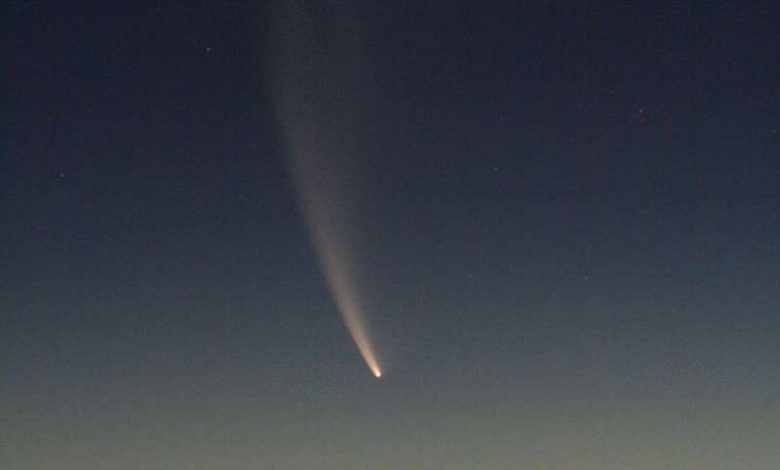Newly discovered green comet expected to whiz by Earth

A rare, recently discovered comet with a greenish tint is expected to whiz by Earth over the next few weeks, but sky gazers may need binoculars or a small telescope to see it.
“It will be going past the constellation Corona Borealis just before sunrise here in Toronto with Feb. 1st being the best day to view it,” says York University Assistant Professor Elaina Hyde, director of the Allan I. Carswell Observatory in the Faculty of Science. “The Allan I. Carswell Observatory plans to target this interesting object with our one-meter telescope.”
The last time this comet (discovered last year by astronomers in southern California and named C/2022 E3) swooped by Earth was about 50,000 years ago. It may never return.
It will be the closest to Earth, some 42-million kilometers away, on Feb. 1 at 1:11 p.m. EST, but just how bright it will be, no one is quite sure.
“Right now, you definitely need good binoculars or a small telescope to see this comet, but towards the end of the month it might be possible to view it with the naked eye,” says York Assistant Professor Sarah Rugheimer, the Allan I. Carswell Chair for the Public Understanding of Astronomy. “It will also depend on light pollution in your area and whether we have clear or cloudy skies.”
York’s Allan I. Carswell Observatory hosts a Monday night York University Radio Show and online public viewing, from 9 to 10 p.m. EST in addition to a Wednesday night online live teletube, starting at 7:30 p.m. Weather permitting, this may be one of the best ways to observe the comet.





